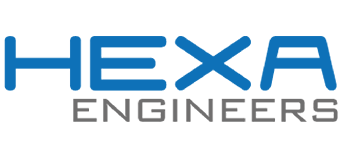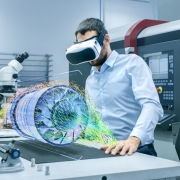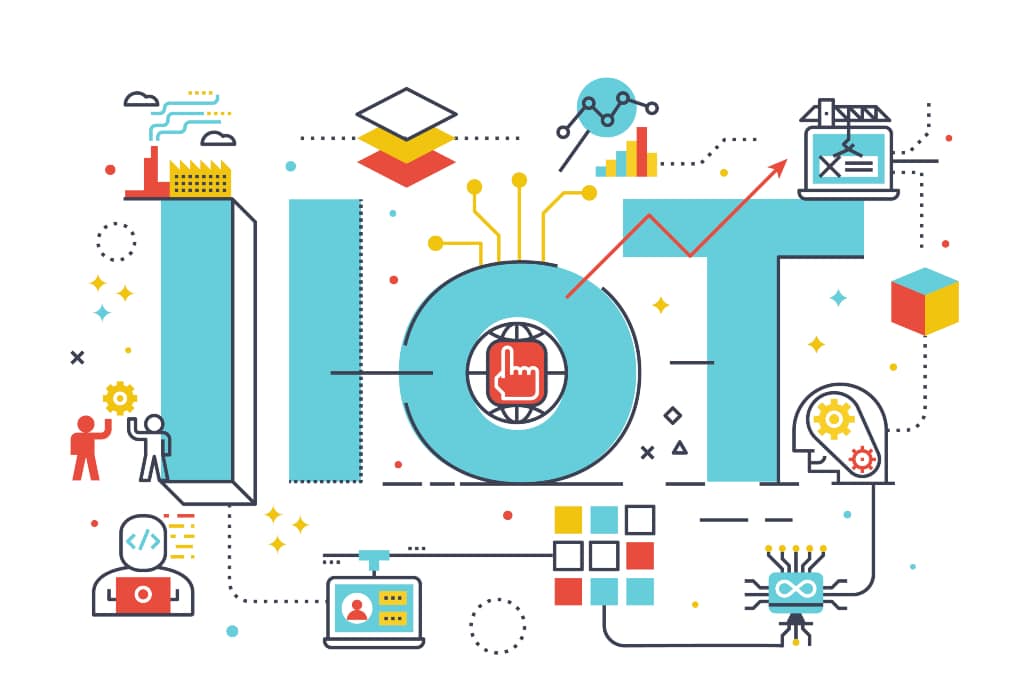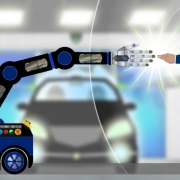The inevitable safety of workers in Industry 4.0
Guarantee the safety In industries, whatever continuous improvement strategy is implemented and applied, it includes an essential component, which is employee and work safety (occupational risk management and accident prevention and safety of information systems). Today it should be inconceivable that a company would operate normally and, all the more reason, would want to be efficient, without taking into account industrial risk and preventing occupational risks in the different workplaces. In fact, the entire production chain can be affected, for example, by the intrusion of a cyber attack. Therefore, it is important to offer cybersecurity solutions to protect industrial facilities and infrastructures. Industrial hazard can be defined as an accidental event occurring at an industrial site that causes serious immediate consequences for personnel, property and the environment. Therefore, it is important to guarantee individual and collective protection. It should be noted that occupational health and safety go hand in hand and must be two top priorities for any industry. In addition, the normative aspect is categorical. It is forbidden for any operator to carry out dangerous tasks without being properly equipped. Likewise, the law defines the criminal responsibility of the company administrator who must imperatively put and apply security instructions.
Industrial safety of employees is crucial
In the industrial sector, this mainly refers to the security of operators and personnel in general (security engineer, IT security manager, quality manager, security consultant, security officer, project manager, team leader , etc.). It is undeniable that by ensuring that the work environment is free of hazards (falling objects, the operator himself falling at his job, exposure to chemical products, dangerous or toxic fumes, high risks of electrocution, lack of safety measures and health, etc.), occupational accidents are reduced and, therefore, absenteeism. However, it is well known that absenteeism is one of the worst enemies of performance and a powerful brake on continuous improvement. For this reason, it is important to implement an occupational risk prevention approach, safety regulations and an environmental protection strategy. Consequently, managers must conduct security visits, inspections, audits and vulnerability analyzes of the company to assess risks and ensure compliance with good practices. On the other hand, the worker cannot be asked to be productive and feel fully involved in his mission if he does not feel safe on industrial sites. Every industrial company must have a good control of industrial risks to avoid professional illnesses or labor incidents.









